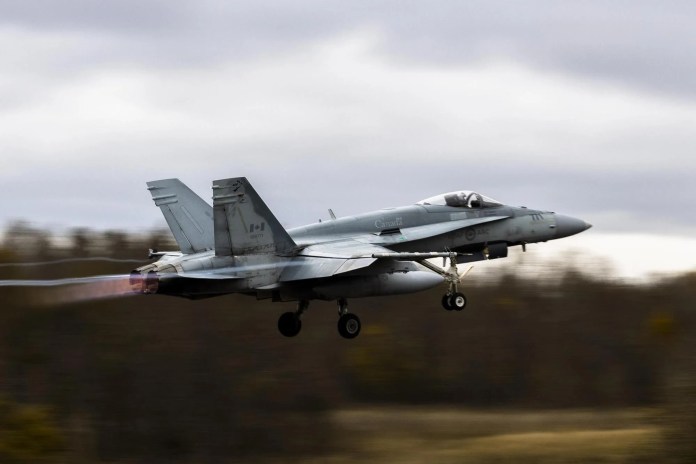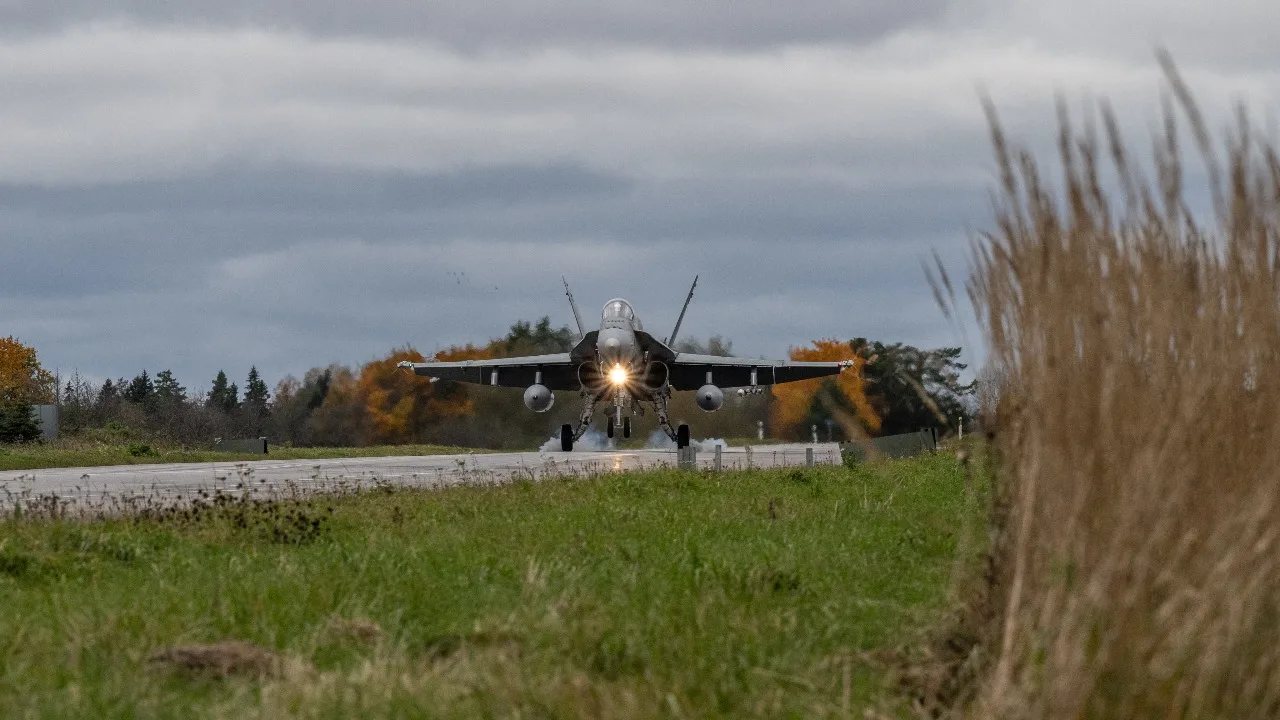Yesterday, the Royal Canadian Air Force (RCAF) announced that, for the first time in history, its CF-18 fighter jets operated from highways located in Estonia. This activity formed part of Exercise TARASSIS 25, which also involves aircraft from Italy and the host nation. According to local media, a total of eight Canadian fighters were sent to participate in the training, alongside Eurofighters from the Aeronautica Militare already stationed at Ämari Air Base and an M28 Skytruck transport aircraft deployed by the Estonian Air Force.

Moreover, it was revealed that the Canadian aircraft not only conducted landing operations on the mentioned highway but also performed low-altitude flyover rehearsals, executing all pre-landing procedures without actually touching down. Subsequently, the training also included touch-and-go maneuvers, in which the fighter lands on the highway and immediately takes off again instead of coming to a full stop.
To ensure that these training operations proceed smoothly for both the forces and the civilian population, prior coordination was carried out with the Estonian Transport Administration and the Air Navigation Services to close the relevant highway and restrict air traffic over the area. Additionally, the planned flight routes were drawn to avoid major population centers, considering the noise generated by high-speed, low-altitude flights.
Image credits: Royal Canadian Air Force
You may also like: For US$1.75 billion, the U.S. authorized the sale of new HIMARS artillery systems for the Canadian Army
